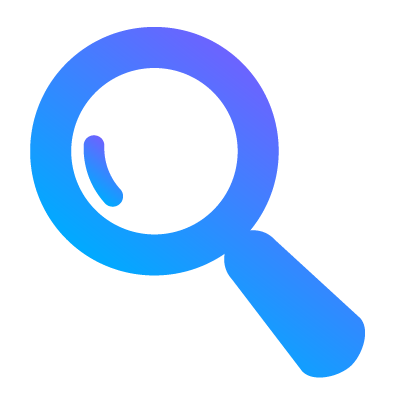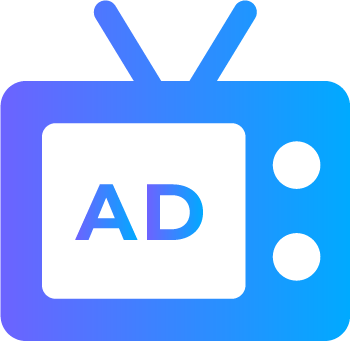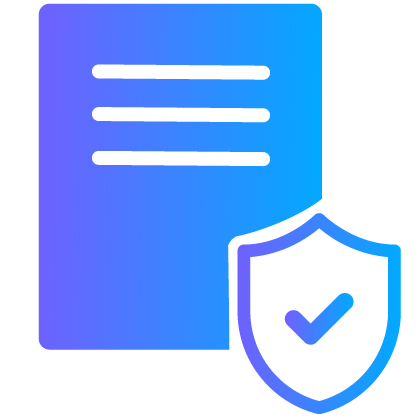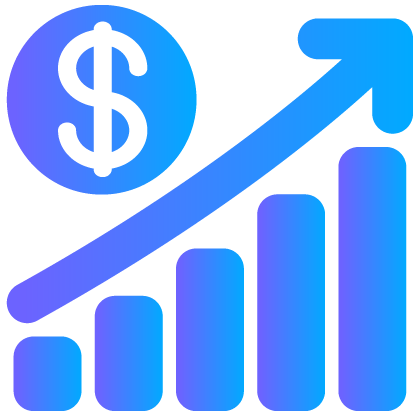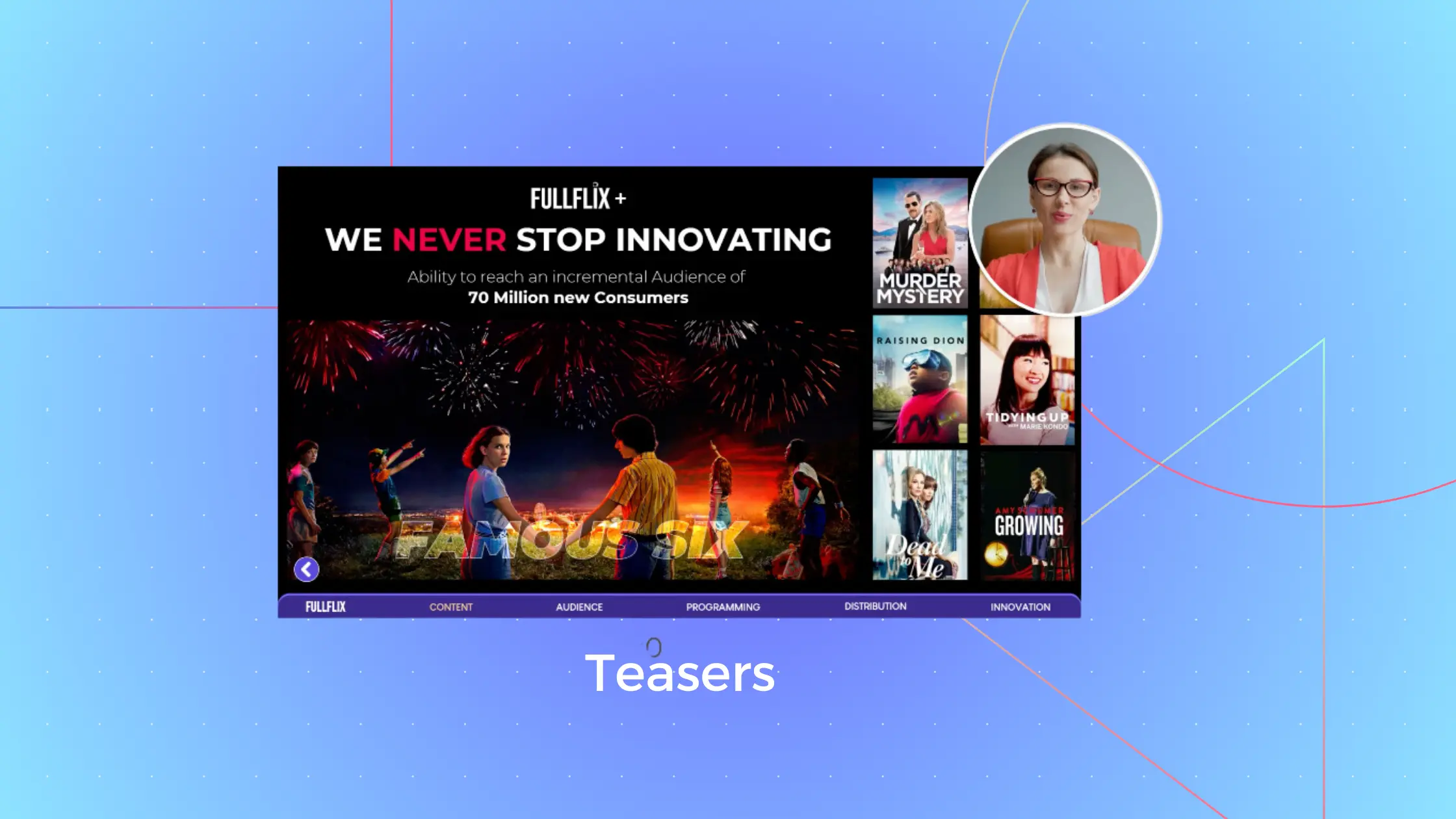Effective sales communication is essential in capturing the attention and interest of potential customers. Traditional sales approaches often struggle to engage prospects, making it crucial to leverage the power of Teasers.
Teasers, combined with impactful storytelling, enable sales teams to create meaningful connections that drive successful sales conversations. They can also be instrumental in event planning, attracting attendees and generating buzz.
Definition of a Teaser:
A Teaser is a short, visually compelling and intriguing message that attracts potential customers’ attention to a product or service. It is designed to pique their interest and encourage them to learn more about the offering.
Benefits of Using Teasers:
- Capturing Attention: Teasers grab the recipient’s attention from the very beginning, increasing the chances of engagement.
- Personalized Approach: Teasers allow sales professionals and digital marketing folks to tailor their message specifically to each prospect, addressing their concerns directly, and generating more interest, and receptiveness. For example, a SaaS link building agency can use personalized teasers to highlight how their outreach strategies solve a specific SEO challenge faced by the prospect, making their pitch more compelling and relevant.
- Efficient Communication: Teasers provide a concise and focused way to convey essential information that helps sales teams deliver their message effectively.
- Building Curiosity: Teasers create a sense of anticipation and desire in the prospects, which drives engagement and initiating conversations.
When to Use Teasers?
Teasers can be used in different sales contexts, including:
- Cold Outreach: Teasers can be used to introduce potential customers to a brand or a new product raise brand awareness introduce potential customers to a new product. Creating a sense of curiosity with the Teaser can spark interest, promoting responses to the email or outreach.
- Follow-Ups: Follow-up emails can include Teasers to remind prospects of the value proposition, keeping the product top of mind.
- Marketing Campaigns: Teasers can be used to create buzz and generate interest in upcoming referral marketing campaigns.
Best Practices for Creating Teasers:
- Keep it short and simple: The Teaser needs to be concise and to the point to be effective.
- Engage the Customer: Use visuals and language that appeal to the prospect and sparks their curiosity.
- Personalize: Address the recipient by their name and use language that resonates with the prospect, focusing on their needs and interests.
- CTA: A strong call to action in the Teaser can increase the chances of engagement and drive the prospect to take action.
The Role of Narratives in Teasers:
Narratives take Teasers to the next level by transforming text-heavy content into personalized videos. By incorporating a sales professional’s voice and video, Narratives add a human touch and create a deeper connection with prospects. They enhance the storytelling aspect of Teasers, enabling sales teams to present their offerings in a compelling and engaging manner. With the Quiz Maker Plugin, you can transform static content into interactive experiences that resonate with your audience.
Perfecting the Teaser with Narratives:
Sales professionals can enhance their Teasers with Narratives by overlaying headlines, graphics, branding, and calls to action on narrated videos. This customization increases the impact of Teasers, making them more memorable and persuasive. Fine-tuning Narratives with built-in video editing capabilities ensures flawless execution, enabling sales teams to effectively communicate their value proposition.
Conclusion:
Teasers are powerful tools that elevate sales performance by captivating attention, personalizing communication, building curiosity, and ensuring efficient messaging. By leveraging these techniques, sales teams can create compelling Teasers that resonate with customers and establish relevance. Embrace the transformative power of Teasers to enhance your sales performance and create meaningful connections with prospects.
To learn more about other engagement objects, please check: Fueling B2B Sales Performance through Effective Engagement Objects.





